Table of Contents
The Assam Police Sub-Inspector (SI) Recruitment 2025 is a golden opportunity for aspirants seeking a career in the state police force.Understanding the Assam Police SI Syllabus and Exam Pattern 2025 is crucial for effective preparation, as it outlines the key topics, marking scheme, and structure of the selection process.The exam pattern includes a written test (Prelims and Mains), physical efficiency test, and interview. This article provides a detailed breakdown of the syllabus, exam stages, and a downloadable PDF to help candidates strategize their study plan and excel in the recruitment process.
Assam Police SI Syllabus 2025
The State Level Police Recruitment Board Assam Guwahati will conduct an Assam Police SI exam to recruit candidates for SI posts on 05 January 2025. This exam will be conducted based on the syllabus released by the Assam Police on its official website.The syllabus typically covers subjects like General English, Logical Reasoning/Mental Ability, Quantitative Aptitude, and History/Geography/Polity related to Assam.Through the syllabus, candidates can get deep information about topics regarding what is asked in the exam and also know each topic how many marks are allocated to each topic so create strategies to increase the chances of selection for these posts.
Assam Police Sub Inspector (SI) Syllabus 2025
Along with the syllabus, candidates should familiarize themselves with the exam pattern, which includes the number of questions, marking scheme, and duration of the test. Understanding the weightage of each section enables candidates to focus on high-scoring areas and manage their time efficiently during the exam. To assist candidates, a detailed overview of the Assam Police SI Syllabus 2024 is provided in the table below, helping them streamline their preparation and boost their chances of success.
| Assam Police Sub Inspector (SI) Syllabus 2025: Overview | |
| Recruitment Organization | State Level Police Recruitment Board Assam Guwahati (SLPRB) |
| Post Name | Assam Police Sub Inspector (SI) |
| Vacancy | 203 |
| Exam Name | Assam Police SI Exam Date 2025 |
| Selection Process | PMT/PET, Written Exam, Document Verification, Interview |
| Official website | https://slprbassam.in/ |
Assam Police SI Syllabus 2025 Subject-Wise
The Assam Police SI Recruitment 2025 is an excellent opportunity for candidates aspiring to join government services in Assam State. By understanding the Assam Police SI Syllabus and exam pattern, candidates can prepare effectively and increase their chances of success. The detailed subject-wise Assam Police SI Syllabus is as follows
(1) Reasoning:
- Analogies
- Similarities and Differences
- Spatial Visualization
- Problem-Solving Skills
- Analysis and Judgment
- Decision-Making Abilities
- Visual Memory
- Discrimination and Observation
- Understanding Relationships and Concepts
- Arithmetical Reasoning
- Verbal and Figure Classification
- Arithmetical Number Series
- Ability to Handle Abstract Ideas, Symbols, and Their Relationships
- Arithmetical Computations and Analytical Functions
(2) Quaint Aptitude:
- Venn Diagrams
- Number Series
- Coding and Decoding
- Problem-Solving Techniques
- Statement and Conclusion Questions
- Arithmetical Reasoning and Number Series
- Non-Verbal Series
- Syllogistic Reasoning
- Seating Arrangements
(3) Comprehension:
Candidates should solve comprehension passages based on their ability. The exam will assess candidates’ understanding and interpretation skills.
(4) History and Culture of Assam and India:
- Major Wildlife Sanctuaries and National Parks
- Major Rivers
- Irrigation Projects
- Prominent tourist sites (forts, palaces, historical places, caves, mausoleums, etc.)
- Renowned Personalities of Assam (politicians, sportspersons, artists, administrators, authors, social workers, etc.)
(5) General Knowledge
- History, Geography, and Socioeconomic Development of West Bengal and India
- Current Events of National and International Importance
- Everyday Scientific Knowledge and Observations
- Modern History of India
- Indian Culture, Polity, Economy, and Geography

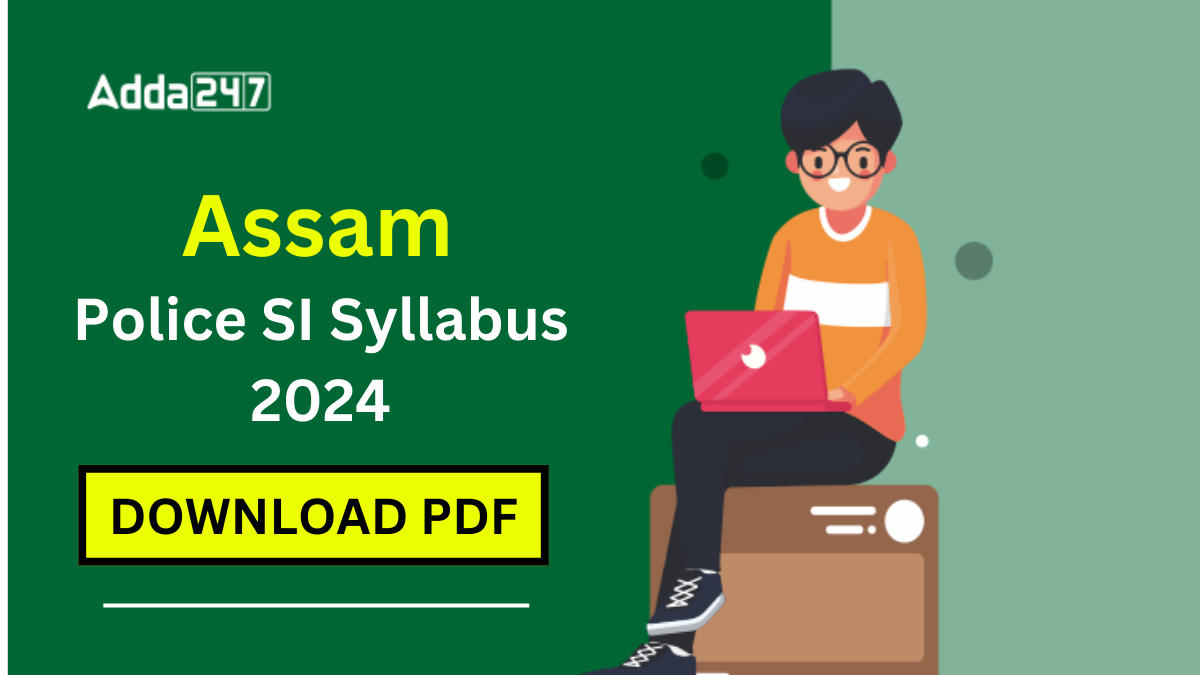


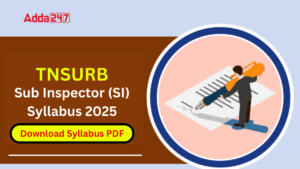 TNUSRB SI Syllabus 2025, Download Syllab...
TNUSRB SI Syllabus 2025, Download Syllab...
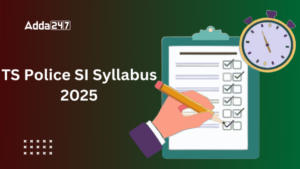 TS Police SI Syllabus 2025, Exam Pattern...
TS Police SI Syllabus 2025, Exam Pattern...
 TNPSC Group 4 Syllabus And Exam Pattern ...
TNPSC Group 4 Syllabus And Exam Pattern ...

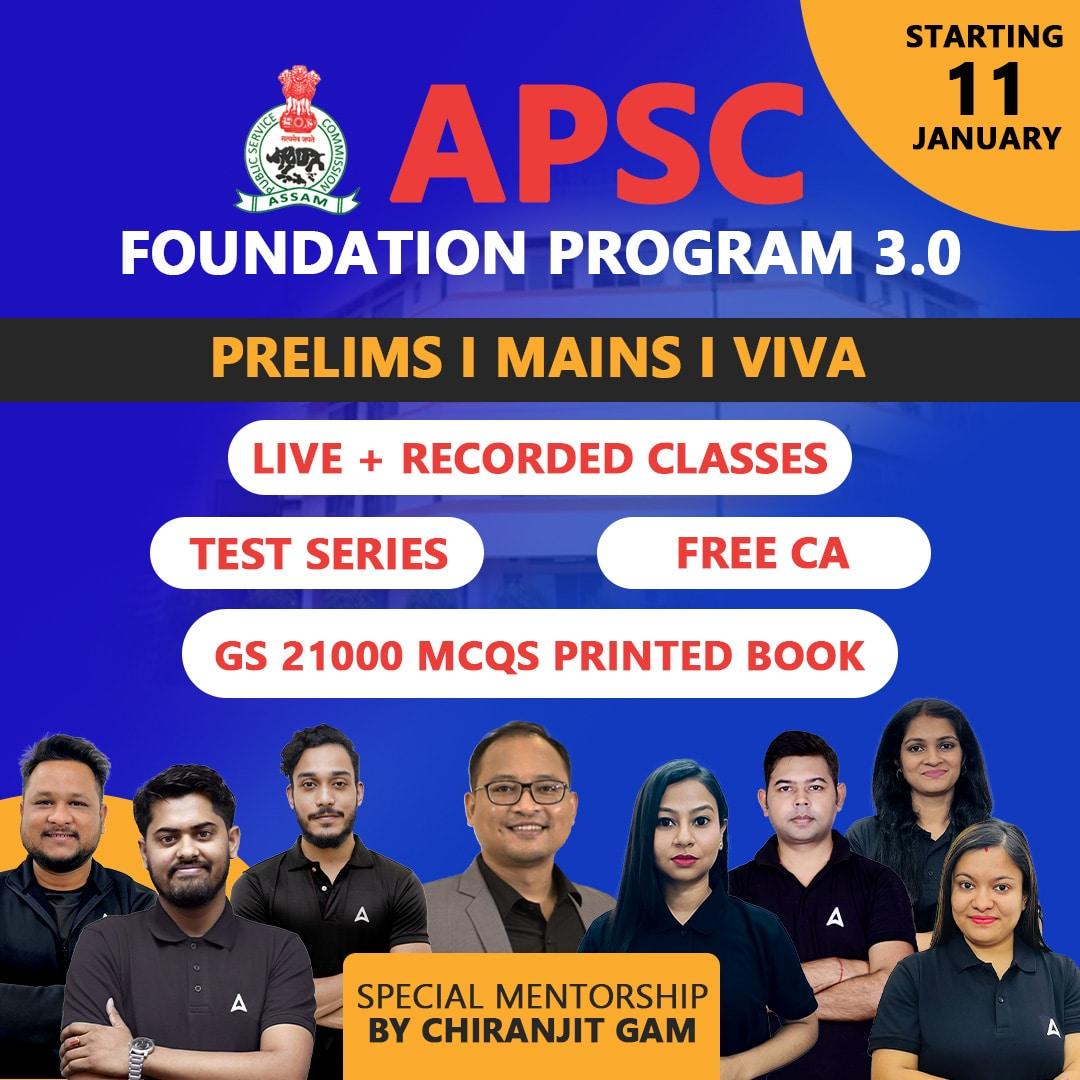
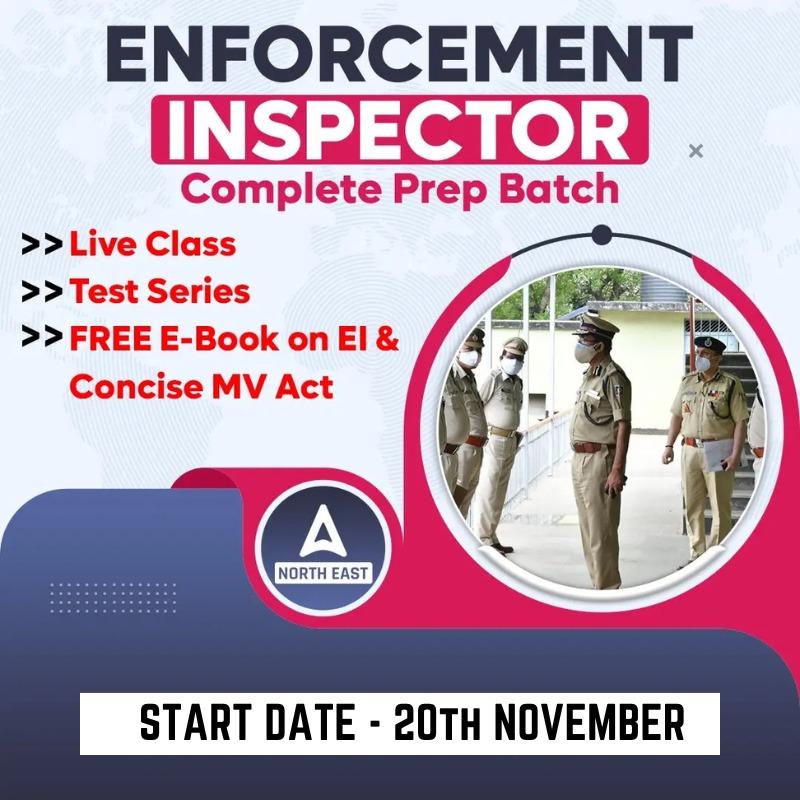
 Adda247 Job portal has complete information about all Sarkari Jobs and Naukri Alerts, its latest recruitment notifications, from all state and national level jobs and their updates.
Adda247 Job portal has complete information about all Sarkari Jobs and Naukri Alerts, its latest recruitment notifications, from all state and national level jobs and their updates.